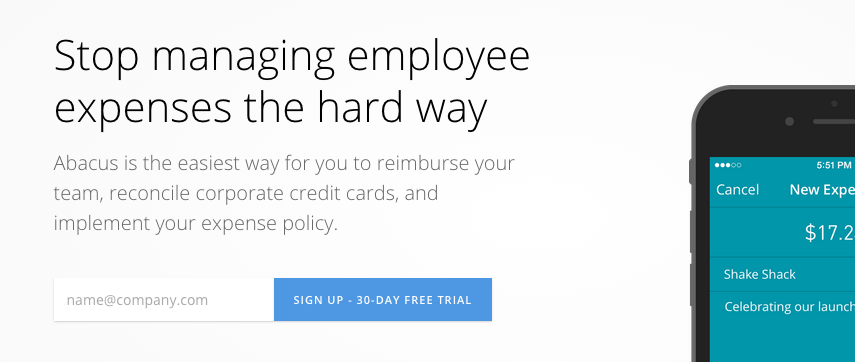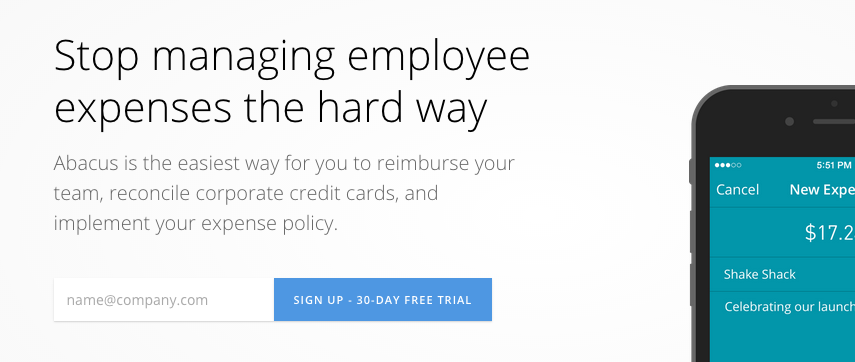4 Must Have Elements of The Perfect Landing Page
August 28, 2025

A perfect landing page is like a chain; it is as strong as it’s the weakest part. Forget or have a weak element and your landing page is a lot less strong. A good converting landing page needs to have the following five elements:
A Unique Selling Point - Why should I buy your product?
A clear headline
Subtitle supporting your headline
Three product benefits
A closing argument.
A clear image - What is this product I'm going to buy?
Social proof - Who else bought this? Are they like me?
One conversion goal - Your page focusses on just this goal.
1. A Unique Selling Point
Place yourself in the minds of first-time visitors on your website. They arrive on your website after viewing a lot of competitors and start scanning your website. Their first thought is: “Why should I buy here/this?”. If you don’t answer this question in the first few seconds, your potential customers will leave your website.
Your Unique Selling Points (USP) sets you out from your customers. It tells the customer why they should choose you instead of your competitors. Furthermore, your USP explains exactly what and for who your product is.
Your Unique Selling Point is communicated on at least four places on your website:
A clear headline:
The headline is the first thing visitors notice when they come to your website. This is why your headline is one of the most important aspects of your landing page. Don’t screw this one up!
Winning headlines are clear and not too long. Your customer needs to know exactly what your offer is. A vague headline like “The Best Accounting Software” says nothing about your product. All your competitors say that they are the best, so what really makes you that good? A better title would be something in the line: “Easy Accounting Software for Small Business Owners”. It tells your visitors exactly what it is and for whom it is. Suck at writing headlines? Try using headline formulas.
Subtitle supporting your headline:
Your headline is short and to the point, which means it can’t contain everything about your product. That’s where your subtitle comes to play. The subtitle supports the claim you make in your headline. A perfect subtitle for the above-named headline would be something along the lines of: “Easily track your time, send invoices to customers and get paid”. It explains what your software offers. By now your visitors understand completely what your offers are.
Three product benefits:
Alright, so your customers now know what you offer, but they still don’t know why they should choose you. This is where the benefits of your product are needed, three to be exact. Your benefit needs to explain to your visitor why they should choose your product. Why are the features so great for them? Let's use the account software example again. I’d use the following benefits:
Track time and easily turn these into invoices for your clients.
Beautifull invoices that your customers will love.
Integrate payment software like Stripe to get your client to pay immediately.
You now told your customers why your software is better than your competitors.
A closing argument:
You’ve probably experienced the following event: A sale person comes to your door and talks about their product. You’re about to close the door, but the man puts his foot between the door. He makes the last compelling offer about his product, which is very interesting. You’re interested again.
This is exactly what the closing argument is. Your visitors scroll through your page, gathering information and finally reaches the end of your page. Without a closing argument, your visitor will probably leave the page. But when presented by a last Unique Selling Point of your product, especially when accompanied by a call-to-action button, the chance of converting these visitors to a customer is a lot bigger. This argument is your last chance to win your visitors.
2. A Clear Image
A picture says more than 1000 words. This is especially true on the internet, where people have a shorter attention span than anywhere else. You need to grab visitors their attention as soon as possible. This is where a well-crafted image work really well.
Abacus is a great example of this. Abacus is an online tool to manage employee expenses. Their image contains the following clues:
It is suitable for mobile, tablet and desktop
It is a software or app
It lets you do something with expenses
Without reading a word on their website, you know almost exactly what they offer. This took your brain 2 milliseconds to understand, whereas text would take a few seconds!
3. Social proof
Social proof very important to have on your landing page. No one wants to buy a product that nobody wants. We want to use a product that the groups we belong to also use. Happy users mean that a product is good and trustworthy. You can use social proof in the following ways on your website:
Customer testimonials
Logo’s from media where you’ve been mentioned.
Trust logo like Norton
Number of current customers you have
Don’t have any reviews? Ask a friend to read your book and say something kind about this. This is your first review!
4. One conversion goal
The last and most important element of a landing page is, of course, your conversion goal. This is your lead generation form or signup button. You should never have more than one conversion goal on your landing page. Your page is crafted to get people to convert for one goal, more goals will confuse your visitors.
Your conversion goal should be the most visible outstanding elements of your page. SumoMe is a great example. Visitors know exactly what button(call to action) they should click because it stands out from the other elements on the page.
The text on your call-to-action buttons is also very important. A nonsaying text like “Click here” won’t work. You need to tell your visitors what will happen if they click on the button.
Wrapping up
So, you now know what elements a perfect landing page needs to have to be successful. My tip is to start your landing page on a piece of paper. Write out the benefits of your product and what images would fit best with your product. This way you know exactly what to do once you start creating your landing page!
















